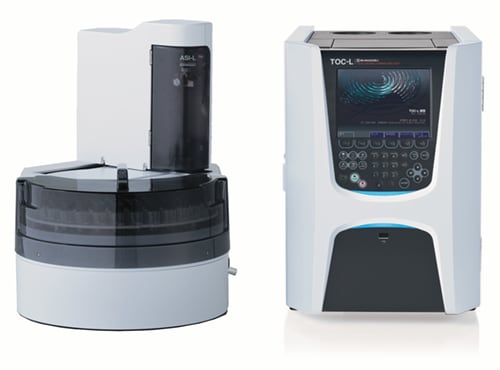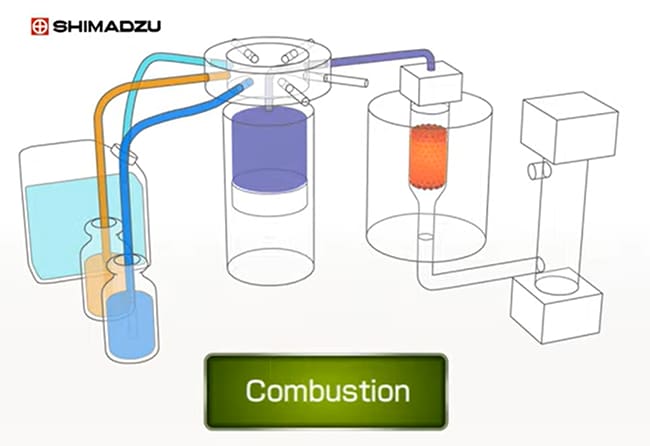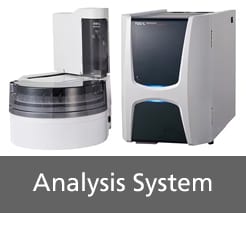Total Organic Carbon and Total Nitrogen: New Solutions for Old Contaminants
Join us and our partners as we co-host a webinar presenting the latest news about TOC and TN analysis in environmental samples and learn how to:
Increase productivity with a combination of robust hardware and Shimadzu’s all new LabSolutions TOC Software.
Expand analysis capabilities for difficult matrices including samples with high suspended solids, or high salt and halogens concentrations.
Replace traditional Total Kjeldahl Nitrogen (TKN) measurement with a safer, faster, and more accurate instrumental analysis.
We will host a Q&A session after the presentation to address any questions or comments.













